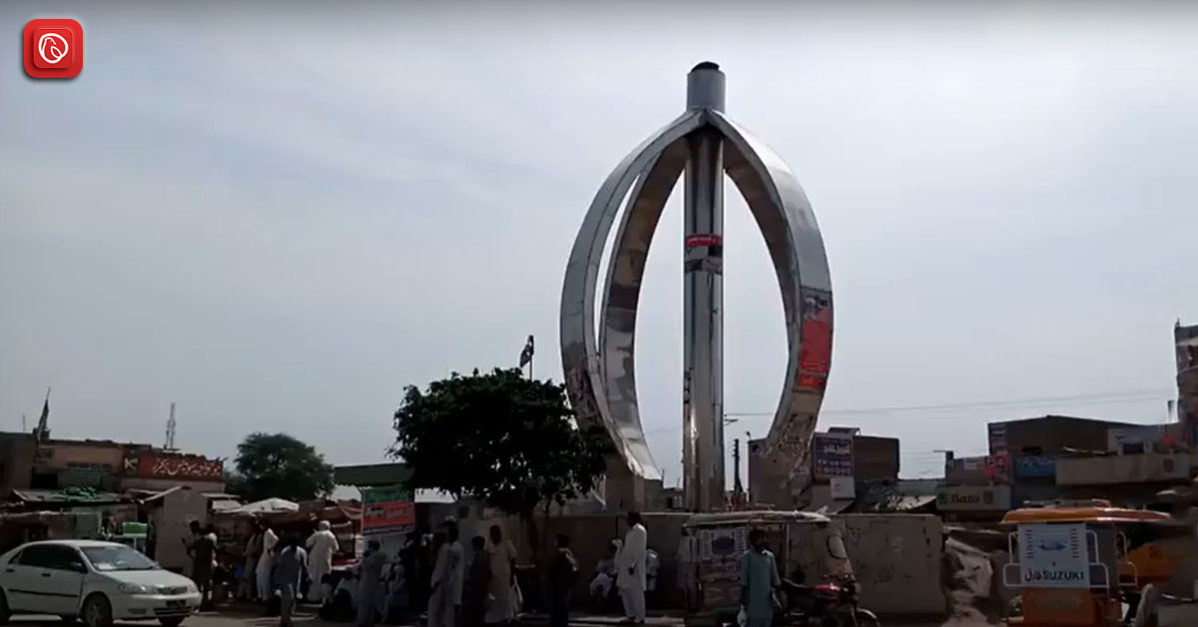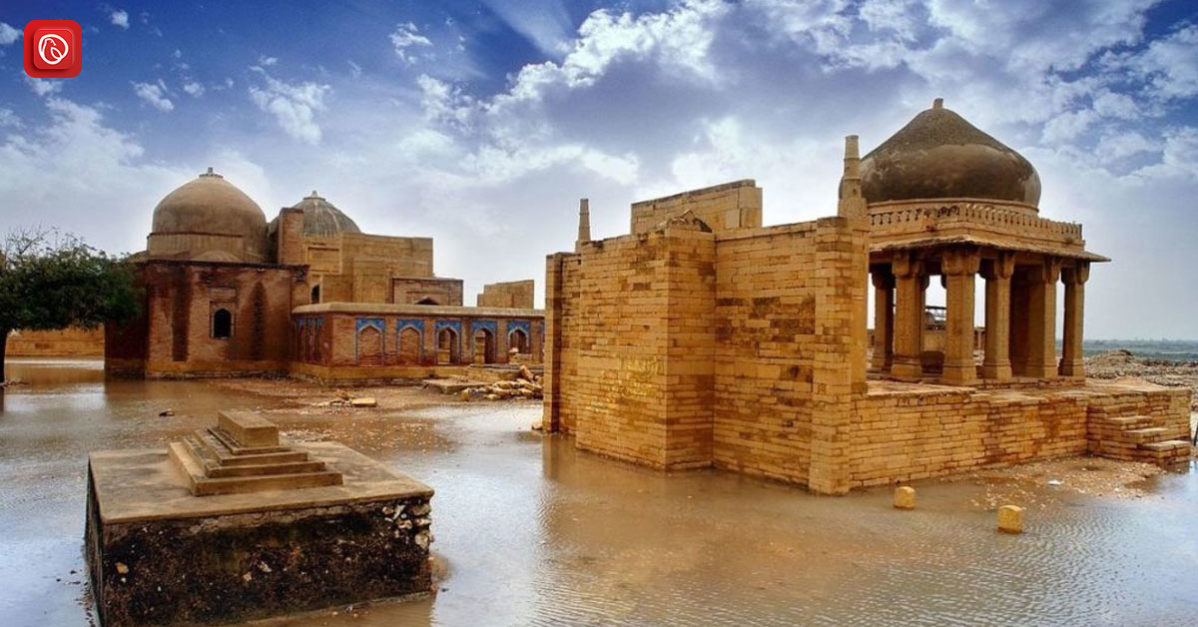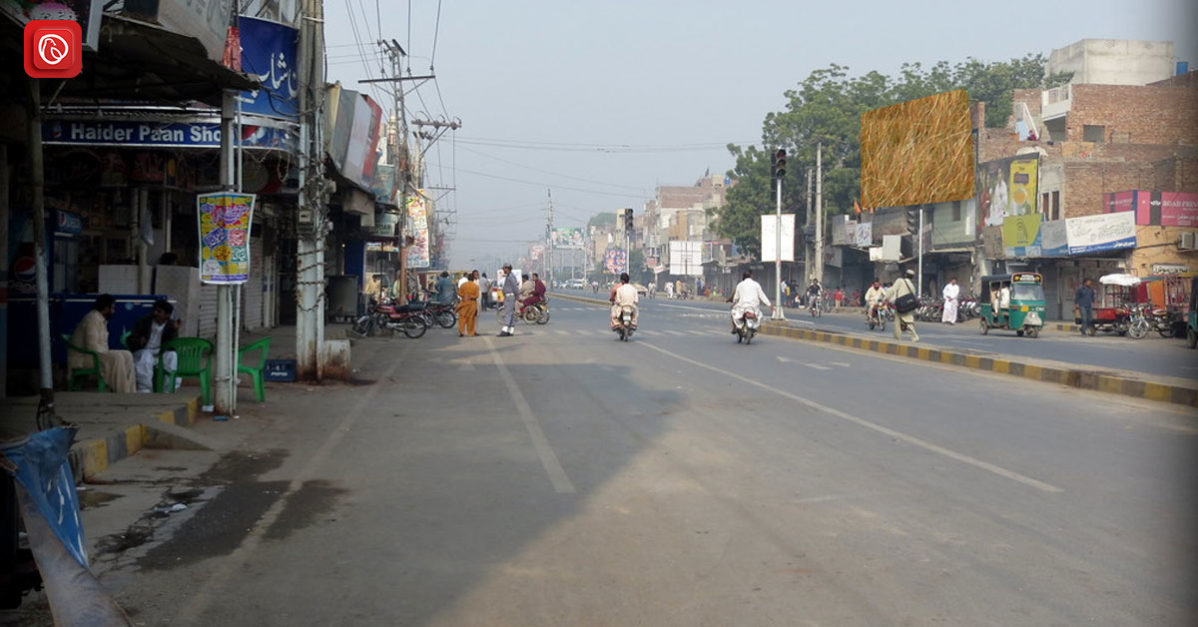Athara Hazari is a significant administrative sub-division of the Jhang District, located in the Punjab province of Pakistan. Known for its agricultural heritage, cultural history, and strategic importance, Athara Hazari represents a blend of traditional rural life and administrative significance. The town’s name, derived from a historical background, loosely translates to “Eighteen Thousand,” alluding to the number of soldiers in the region during historic conflicts.
This sub-division holds not only historical value but also plays an essential role in the agricultural economy of the Jhang District. In this blog, Graana.com will explore Athara Hazari’s historical significance, geography, economy, culture, and daily life.
History of Athara Hazari
Athara Hazari’s history is tied to the broader narrative of Punjab’s political and cultural evolution. The region has seen numerous rulers, from local chieftains to the Mughal Empire, and later the British colonial government. Its name, “Eighteen Thousand,” has historical importance as it is said to represent the number of soldiers or inhabitants who fought during battles in the area.
Throughout the ages, Athara Hazari has been an agricultural hub, largely due to the fertile lands provided by the nearby rivers. The presence of major rivers like the Chenab has long been a source of sustenance for its inhabitants and a crucial factor in the region’s agricultural prominence.
During British colonial rule, Athara Hazari developed further, serving as an administrative centre for the surrounding rural regions. After the creation of Pakistan, the town maintained its administrative significance and became a tehsil of Jhang District.
Geographical Location and Climate
Athara Hazari is strategically located in central Punjab, close to major river systems like the Chenab. This proximity to the Chenab River plays a crucial role in both the geography and economy of the town. The fertile soil surrounding the region is primarily due to alluvial deposits brought by the river, making it ideal for agriculture.
The town has a typical arid climate, with hot summers and mild winters. The summer months, from May to August, often see temperatures rise above 40°C (104°F), while the winter months, from November to February, are cooler, with temperatures sometimes dipping below 10°C (50°F). Monsoon rains, though moderate, provide much-needed water for crops during the summer season.
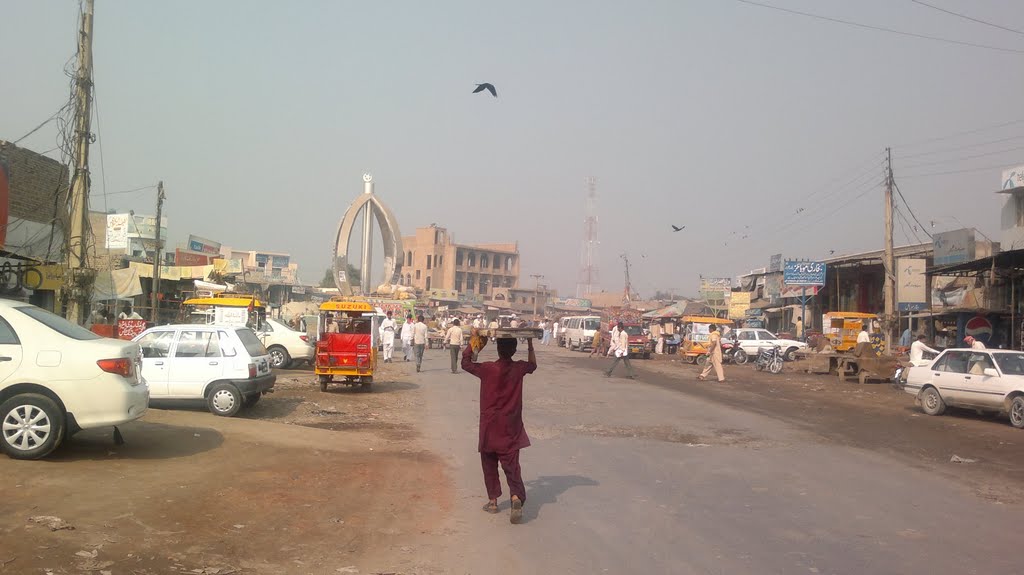
Agriculture and Economy
The economy of Athara Hazari is predominantly based on agriculture, thanks to the rich and fertile land nourished by the Chenab River. The town and its surrounding areas produce a variety of crops, including wheat, sugarcane, cotton, and various fruits like mangoes and citrus.
The agriculture sector is the backbone of the local economy, employing a large percentage of the population. Smallholder farming dominates the landscape, with local farmers using traditional and modern techniques to maximise yield. The region also benefits from canal irrigation systems that bring water to farmlands during dry spells.
Livestock farming is another important component of the local economy. Cattle, goats, and buffalo are raised for dairy and meat production, further supplementing the incomes of rural families. The livestock markets in the region draw traders from nearby areas, contributing to the town’s economic activity.
Administrative Significance
As an administrative subdivision (tehsil) of Jhang District, Athara Hazari holds considerable importance in the governance of the region. The town serves as the centre of administrative activities for the surrounding rural areas, where government offices, schools, and healthcare facilities are located.
The local government is responsible for managing land records, agricultural policies, and infrastructure development. Athara Hazari’s administration is also tasked with maintaining law and order, and the town has several government institutions, including police stations, courts, and offices for revenue collection.
The administrative structure is crucial for managing the vast agricultural lands and ensuring that public services reach even the most remote areas of the sub-division. Given its proximity to the river, flood management is also an essential part of the local government’s duties, especially during the monsoon season when the risk of flooding is high.
Culture and Traditions
Athara Hazari is home to a rich and vibrant cultural heritage that reflects the diverse history of the Punjab region. The population is predominantly Punjabi, and the local dialect of Punjabi is widely spoken, although Urdu, Pakistan’s national language, is also commonly understood.
The people of Athara Hazari celebrate many traditional festivals, such as Eid-ul-Fitr, Eid-ul-Adha, and various local fairs (melas), which highlight the region’s deep connection to its agricultural roots. These events are marked with folk music, traditional dances like bhangra, and poetry, reflecting the town’s cultural vibrancy.
Religious festivals also play a vital role in community life. The town has numerous mosques, and religious gatherings during the holy month of Ramadan and other Islamic occasions are significant events in the social calendar. Additionally, shrines of local saints (pirs) are visited by the people, showcasing the spiritual and Sufi influences prevalent in the region.
Infrastructure and Development
Though primarily rural, Athara Hazari has seen gradual development over the years. The town has basic infrastructure, including roads, schools, healthcare facilities, and markets. However, like many rural areas in Pakistan, it faces challenges related to infrastructure development, particularly in the more remote villages.
The road network connects Athara Hazari to nearby towns and cities, facilitating the movement of goods and people. Improvements in road infrastructure have been slow but steady, with new initiatives by the provincial government to enhance connectivity and support the local economy.
Educational institutions in Athara Hazari are mostly government-run, with primary and secondary schools providing basic education to the local population. Efforts are being made to improve literacy rates, especially among girls, although more work is needed in this regard.
Healthcare facilities are limited, with a few basic health units (BHUs) and clinics serving the population. For more advanced medical treatments, residents often travel to nearby larger cities like Jhang or Faisalabad.
Challenges and Opportunities
Like many rural areas in Pakistan, Athara Hazari faces a range of challenges. The agricultural sector, while robust, is susceptible to environmental factors such as floods and droughts. The region’s proximity to the Chenab River means that flooding can be a serious issue, especially during the monsoon season.
Moreover, access to quality healthcare and education remains limited, particularly in the more remote areas of the sub-division. While infrastructure has improved over the years, more investment is needed to meet the growing demands of the population.
However, opportunities for development abound. The fertile land offers immense potential for agricultural growth. Especially with the introduction of modern farming techniques and better water management systems. Additionally, the local government’s efforts to improve infrastructure, education, and healthcare can further enhance the quality of life for the residents of Athara Hazari.
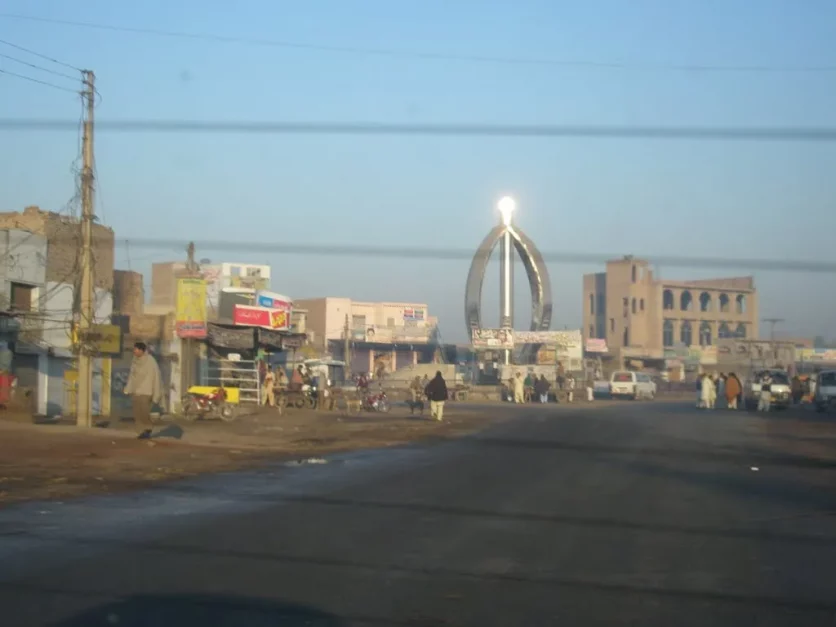
Conclusion
Athara Hazari, with its rich history, fertile lands, and strategic location, is a key administrative and agricultural hub in the Jhang District. While it faces challenges common to rural areas in Pakistan, it also has significant opportunities for growth and development. The town’s cultural heritage and its importance in the region’s economy make it a vital part of Punjab’s landscape.
Efforts to improve infrastructure, education, and healthcare will play a crucial role in ensuring the continued prosperity of Athara Hazari. As the town develops, its importance within the Jhang District will likely grow, solidifying its role as a cornerstone of the region’s agricultural and administrative landscape.
FAQs
Related FAQs
What is the main source of income for the people of Athara Hazari?
The main source of income is agriculture, with crops like wheat, sugarcane, and cotton being the primary agricultural products. Livestock farming also contributes to the local economy.
What is the historical significance of Athara Hazari?
Athara Hazari has a history and its name, which translates to “Eighteen Thousand”. It is believed to represent the number of soldiers or inhabitants during historical conflicts in the region.
How does the Chenab River impact Athara Hazari?
The Chenab River provides fertile soil and water for agriculture, making it a crucial factor in the town’s economy. However, it also poses a flood risk, especially during the monsoon season.
What challenges does Athara Hazari face?
The town faces challenges such as limited access to healthcare and education and vulnerability to floods. There’s a need for improved infrastructure.
Is Athara Hazari a developed area?
Athara Hazari has basic infrastructure, including roads and schools. More investment is needed in healthcare, education, and flood management systems.
Follow Graana blog for more details.
